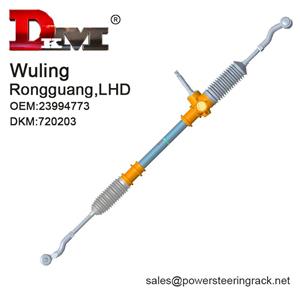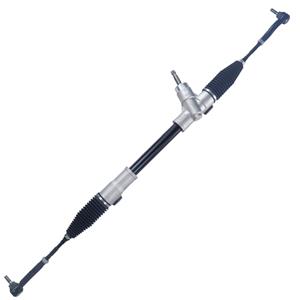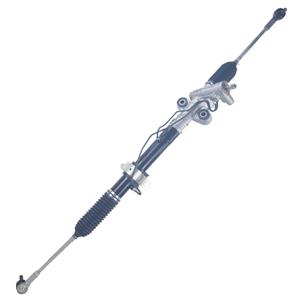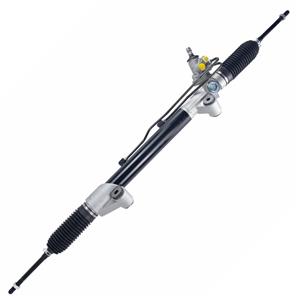-
Spur gears are the most common type of gears, with a straight tooth shape and a tooth surface parallel to the rotation axis of the gear. Spur gears are mainly used to transmit power between parallel axes. In a rack and pinion system, spur gears usually mesh with racks to convert rotational motion into linear motion.
-
When bushings are worn or aged, many car owners will consider whether they can replace the bushings alone without replacing the entire rack and pinion. This approach is feasible in some cases, especially when the rack and pinion itself is not obviously worn or damaged.
-
The gears and racks in the rack and pinion system are metal parts, which will inevitably wear out during long-term use. When the wear of the gears and racks reaches a certain extent, the fit between the rack and the gear may loosen, causing the hydraulic oil to leak from the joint.
-
When the driver hears abnormal squeaks or grinding noises when turning the steering wheel, this is often a sign of worn or insufficient lubrication of the rack and pinion. If these noises persist and become more severe, it may mean that the rack and pinion are damaged and need to be replaced.
-
Typically, the life of a rack and pinion is 100,000 miles to 150,000 miles (about 160,000 kilometers to 240,000 kilometers). However, this does not mean that all vehicles can reach this mileage, and it is possible that wear or failure may occur before or after this.
-
When the rack and pinion system fails, the vehicle's driving trajectory may be abnormal. For example, the vehicle may deviate from the straight driving trajectory even if the steering wheel is in the neutral position.
-
Rack and pinion steering systems can be traced back to the 1930s. In 1932, British car manufacturer Aston Martin first applied the rack and pinion system to its racing models. This design performed well in the racing field at that time, especially in terms of steering accuracy and sensitivity.
-
Causes of rack and pinion damage: Vehicle wear and aging Inadequate lubrication of the rack and pinion Failure of the hydraulic system (in hydraulic steering racks) Improper driving habits External shocks and damage
-
After replacement, the geometric relationship of the steering system may change due to possible size differences between the new and old parts or slight errors during installation. If calibration is not performed, these changes will cause problems in the operation of the steering system.




